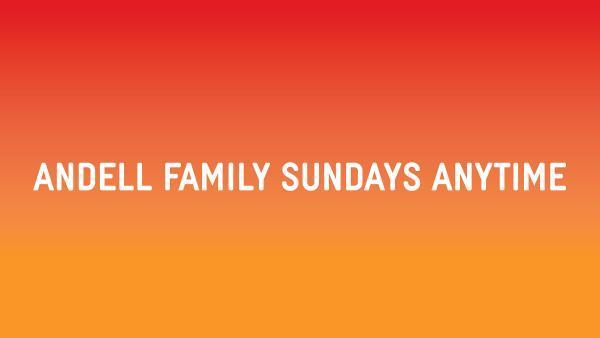Do you have any objects in your home that were passed down in your family? Perhaps the dishes your family brings out on special occasions or traditional clothing that reminds you of your heritage. I have a cast-iron pot and a sewing machine that my mother bought when my parents immigrated to the United States.
Items passed down in families hold stories of who made them, their function, who used them, and more. The same thing is true for art! Every work of art has its own story and history. LACMA’s exhibition NOT I: Throwing Voices (1500 BCE–2020 CE) asks questions like: how does art speak? For whom does an art object speak?
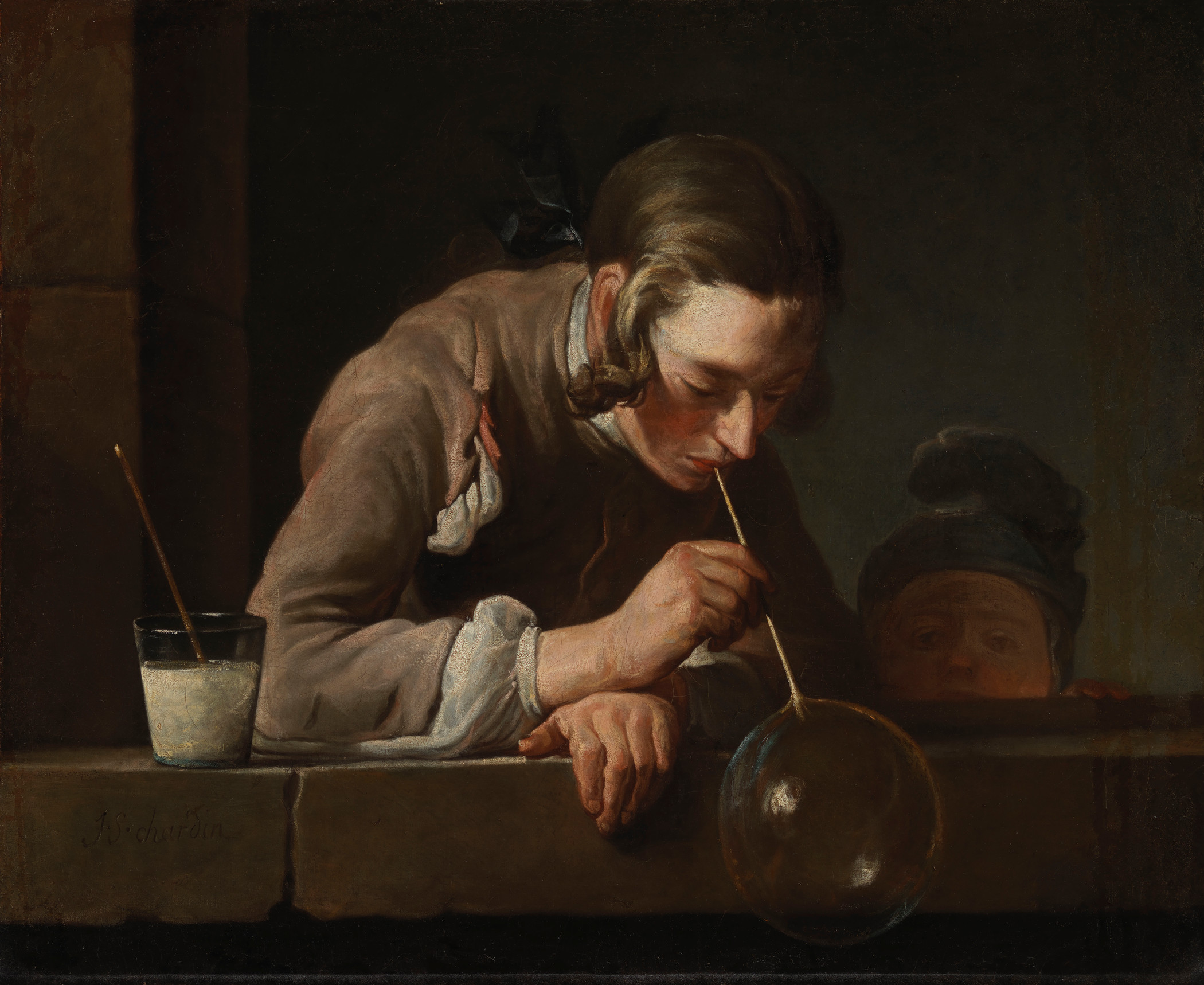
Take a slow look at this painting of a boy blowing bubbles.
Name three things that you see in the painting.
Imagine this painting can talk! What story does it tell?
Share the artwork and story with a friend or family member. Remember to point out the details in the art that tell the story.
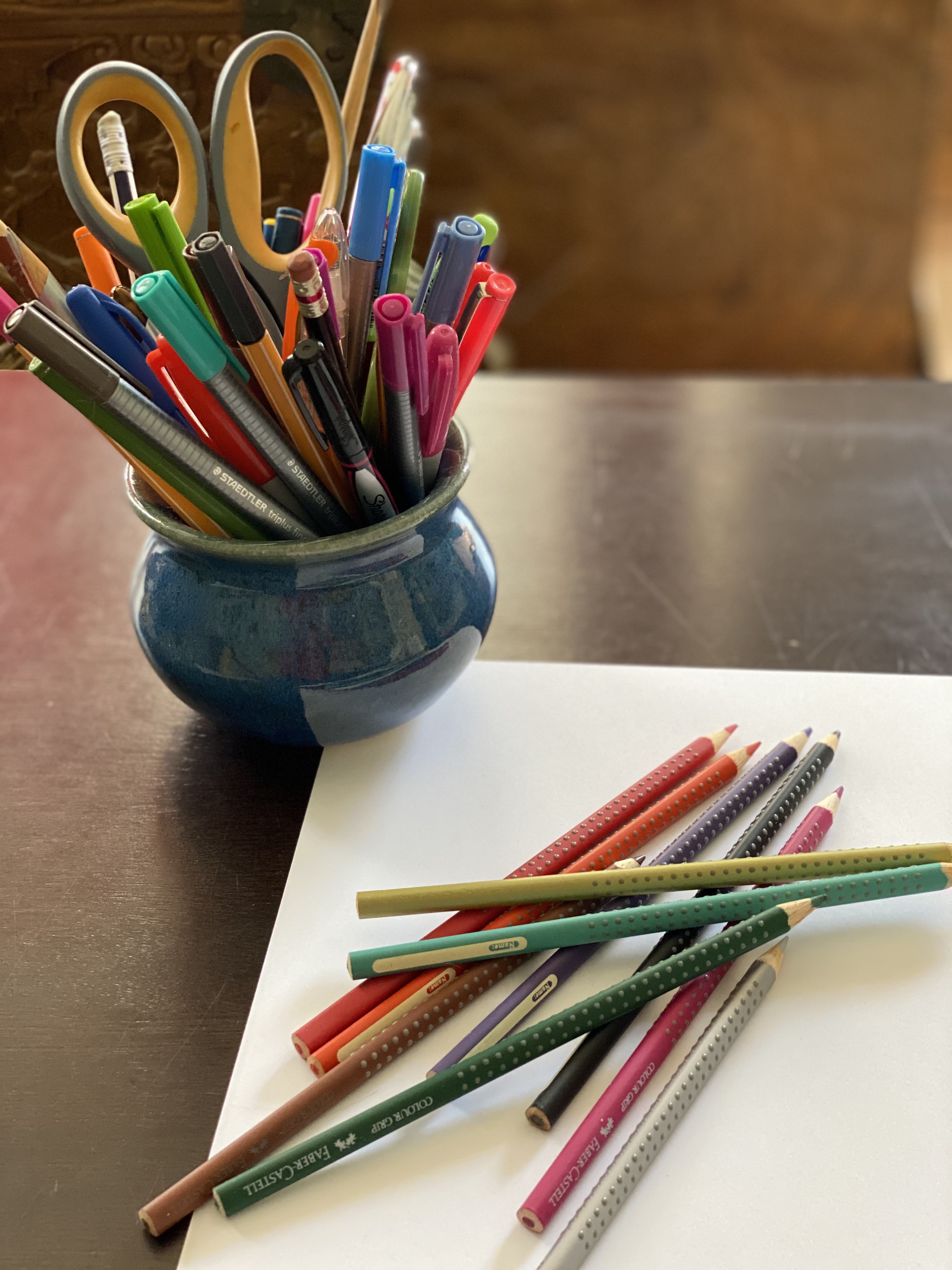
Let’s make a book!
Supplies: (Make it a scavenger hunt—no need to buy anything!)
- Printer paper
- Colored pencils or markers
- Pen
- Scratch paper for notes
Step 1: Look around your home. Select three objects that each have something to say!
Pick one and imagine:
What does its voice sound like?
What would it say?
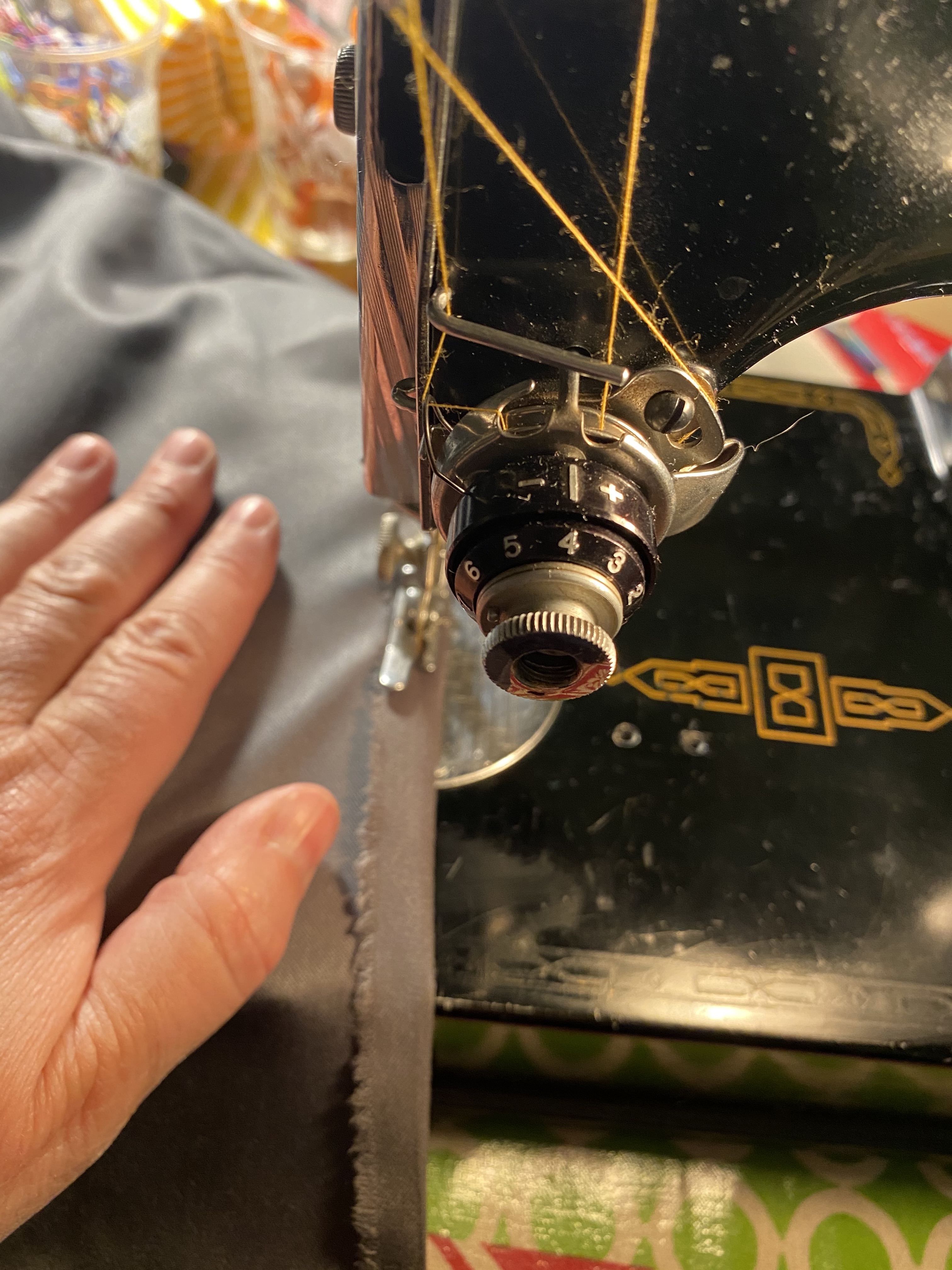
I picked my mom’s sewing machine. I imagine that its voice is high pitched, and that it talks as fast as the needle moves up and down in fabric. It’s saying “Gotta stitch, stitch, stitch it all together!”
Repeat with your other two objects.
Step 2: Let’s make the book!
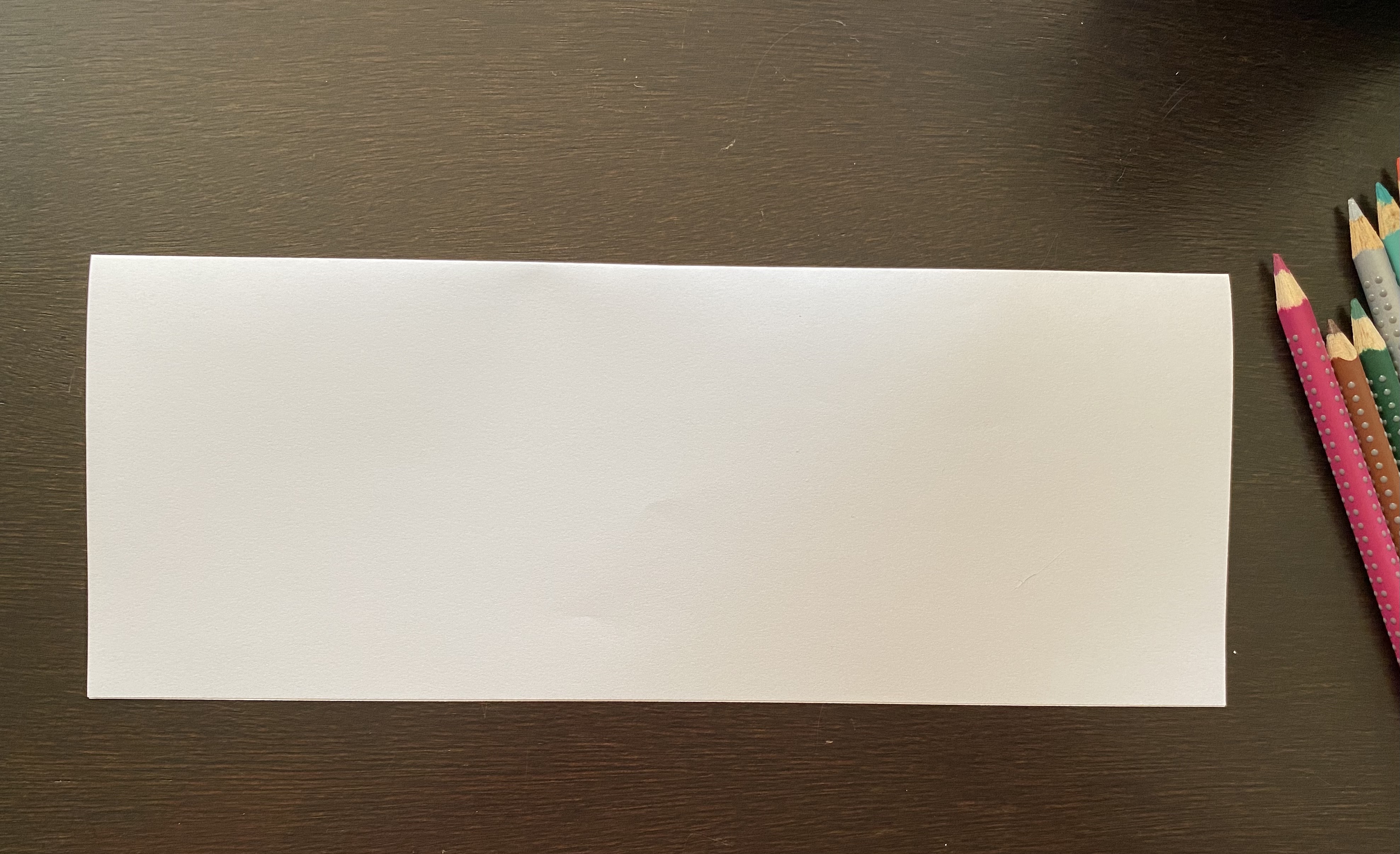
Start by folding a sheet of printer paper lengthwise (or hotdog bun style).
Now, fold it in half so that the two short ends meet up.
Fold the top flap in half again, aligning the bottom edge to the top crease.
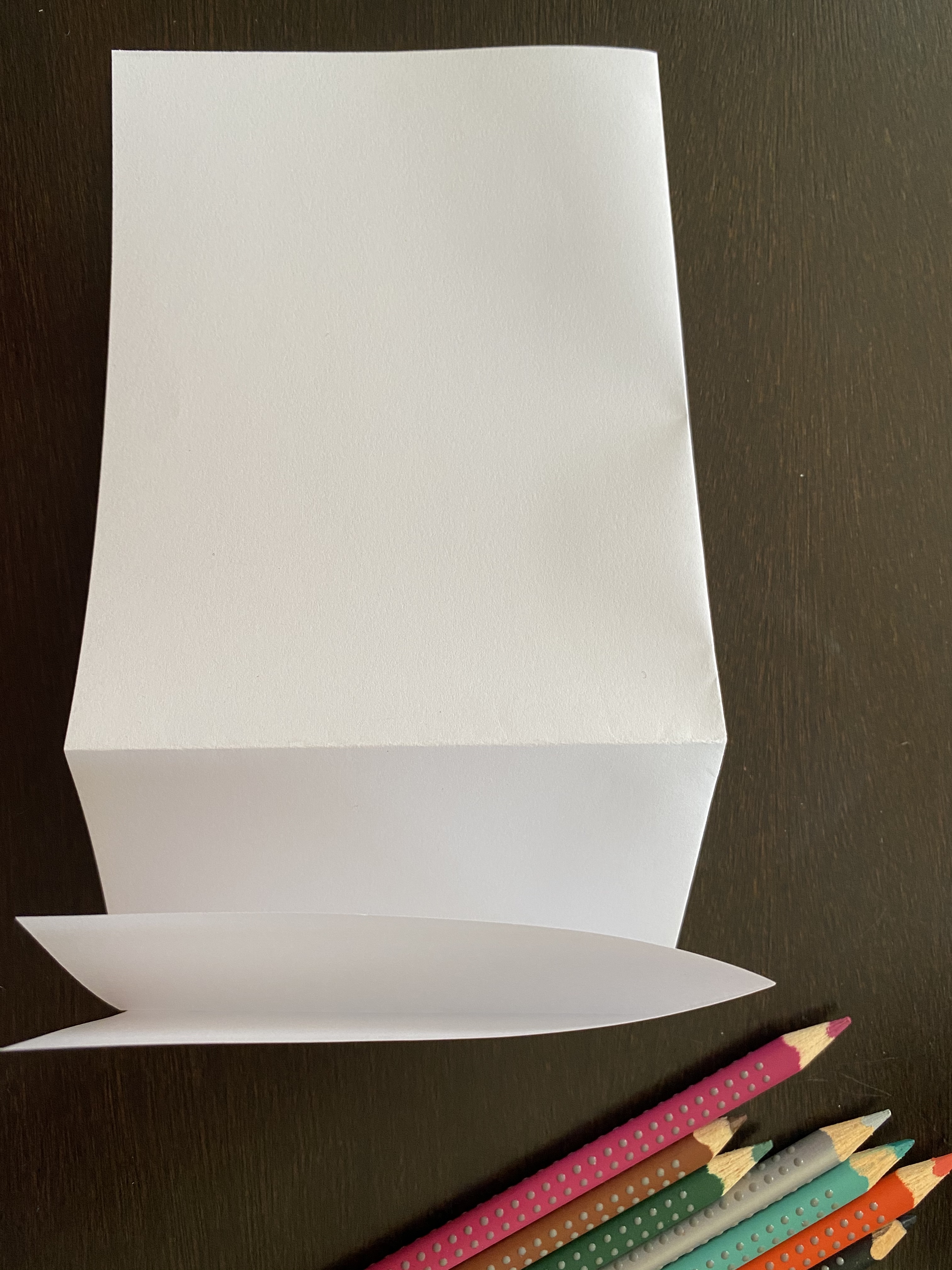
Flip your paper over and do the same to the other side.
Your folded paper should resemble a W or an M when finished.
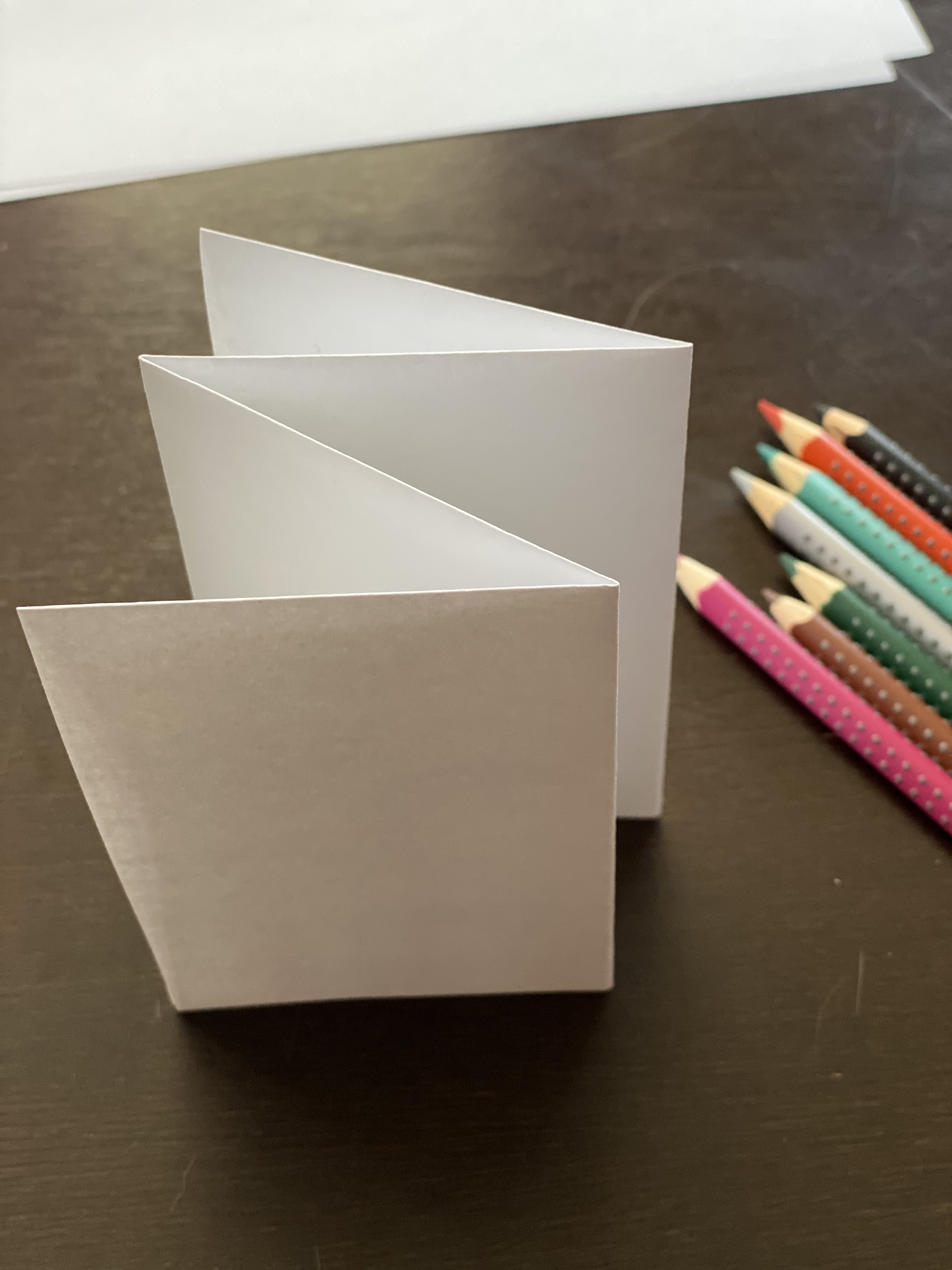
You’ve just made an accordion-fold book!
Step 3: Decide what to call your book.
Step 4: Write the title and use your markers or colored pencils to decorate the cover.
Step 5: Inside your book, draw your first object—then let it speak! Give it a speech bubble and write what your object wants to say. Repeat again for your next object.
If you need more space, flip your book over and use the back pages, too!
Step 6: Go over each page and add anything that is missing.
Step 7: Done!
If you share your artwork on social media, tag us @lacma! We love seeing your art!
Join artist Sofia Mas on Sunday, May 9—and anytime after—to make a foldable paper room inspired by Do Ho Suh: 348 West 22nd Street.
Discover other family-friendly art-making blogs on Unframed and check out our video content on LACMA's YouTube channel.



